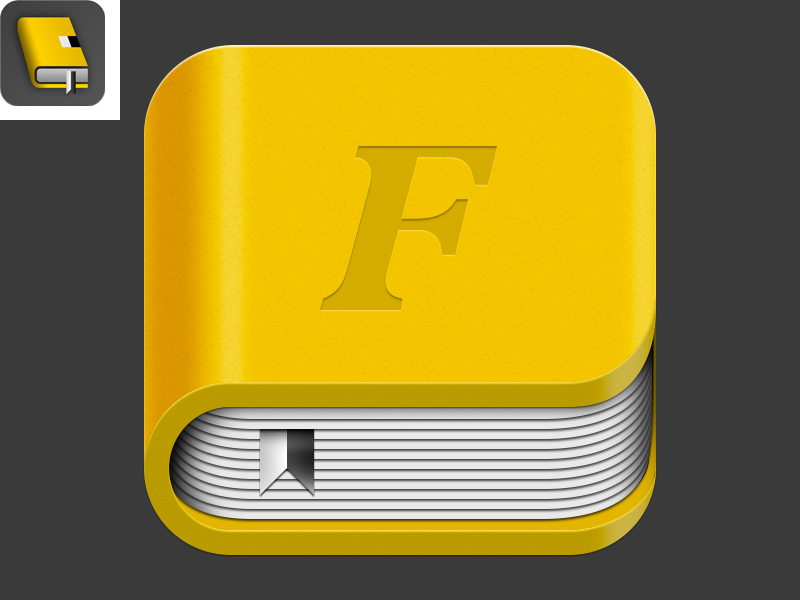

- UPLOAD FONT TO FONTBOOK IPAD HOW TO
- UPLOAD FONT TO FONTBOOK IPAD CODE
- UPLOAD FONT TO FONTBOOK IPAD PC
- UPLOAD FONT TO FONTBOOK IPAD LICENSE
- UPLOAD FONT TO FONTBOOK IPAD ZIP
Step 2: Take a look at Font Book’s preview. When you click on a brand new font, Font Book will pop it up and show you a preview of that font. This is an app that is included in MacOS to help make managing fonts easier, and it has several useful functions.
UPLOAD FONT TO FONTBOOK IPAD ZIP
Step 1: Navigate to the file you just downloaded in Finder, then open it up ( expand zip files as needed first).

Previewing and installing the font on MacOS This will add a new file (potentially compressed) to your Mac download section. Step 3: You may want to double-check the website reviews to make sure downloads can be trusted - always use a trusted website before you choose to download anything! If everything looks good, download the font file that you want. Presumably, future open-source formats will work just fine.
UPLOAD FONT TO FONTBOOK IPAD PC
However, you will not be able to use PC bitmap or “.fon” fonts, which are not compatible. Fortunately, this covers the majority of downloaded fonts. Mac supports TrueType, or “.ttf” files and well as OpenType or “.otf” files. You can tell by looking at the file name. Step 2: Make sure the font you choose is compatible with MacOS. Most of the lists are free, although some designer fonts come with a charge. There are many, many sources of fonts online, from casual lists to fonts specifically for designers (or you could just decide to design your own font).
UPLOAD FONT TO FONTBOOK IPAD HOW TO
Here’s how to install fonts on a Mac and quickly organize them.

UPLOAD FONT TO FONTBOOK IPAD CODE
The tricky part is that the font name may not be what you expectĪdd this snippet of code to log all the fonts available to your app in the console. So in order to easily find the name of the font that you want to use, you can output something to the console window and see for yourself. It could be very different than any of the visible font names that you can see. The tricky part is that the font name may not be what you expect. This was something that eluded me before as well and it’s the fact that when you specify which font you want to use, you’re not specifying the file name but rather, the font name. This is a common pitfall for many people trying to include custom fonts into their iOS app. …make sure that you don’t perform any typos here. See the above screenshot on the key that you need to add, followed by the filenames of the fonts you want to include in your iOS app That’s another common problem, as simple as it may seem. Be careful to include the extension and make sure that you don’t perform any typos here. In my case, it was seven of the Quicksand fonts as you can see in the screenshot below. Open it and add a new row called “Fonts provided by application” which will be an array that you need to add all the filenames of the fonts you want to use. By default, your plist will be named as ist. The next thing to do is to modify your app’s plist to include these font faces. Step 4: Include your iOS custom fonts in your application plist Open that list and make sure that your fonts are included in that list.Įnsure that your fonts are in the “Copy Bundle Resources” list You’ll see that one of the sections you can expand is “Copy Bundle Resources”. Go to your project Build Phases pane by highlighting the XCode project file in your solution explorer and on the right hand side, select “Build Phases”. This should not be a problem but sometimes when you’re having trouble getting your font face to show up, this can be a source of headache so let’s double check now to rule it out as a potential pitfall. Step 3: Double check that your fonts are included as Resources in your bundle Make sure that the target you want to use your font in is checked under “Target Membership” The next thing to do is to make sure that they’re resources and included in your build target that you want to use the fonts in. Step 2: Make sure that they’re included in the target Make sure that the target you want to use your font in is checked! Whatever your case may be, either drag and drop your font file(s) into your XCode file tree or right click and “Add Files To…” to select your fonts. I find that this helps me stay organized as projects get much more complex and there are a lot of files. I commonly keep all of my app resources such as images or fonts in their own directory called “Resources”. Well, the first step is to include these fonts into your XCode project. Most commonly, you’ll have a TTF or OTF font that you’ll want to use with all of your UILabels or UITextViews in your app. Step 1: Include your fonts in your XCode project Taking a minute to check it ensures you won’t get into legal trouble down the road.
UPLOAD FONT TO FONTBOOK IPAD LICENSE
The license can usually be found with your font download or on the site where you bought/downloaded it. Make sure you have a proper font license for mobile/app embedding.


 0 kommentar(er)
0 kommentar(er)
